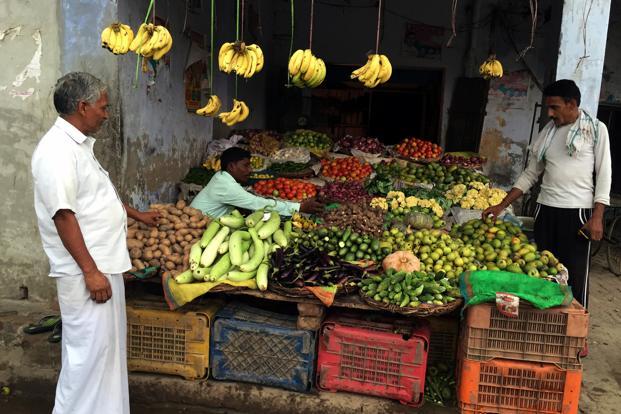New Delhi: Three in four Indians are yet to taste the fruits of economic growth—or indeed, its veggies.
Recent research published in the British medical journal Lancet calculates fruit and vegetable intake among people of different countries, on the basis of gross national income per person.
The research finds that the average global intake of fruits and vegetables is less than required levels—defined as at least two servings of fruits and three servings of vegetables per person per day. And affordability is a crucial factor behind the deficient intake.
In low-income countries, including India, only 27% of the population could have more than one serving of fruits per day.
The study is based on responses received from 157,000 adults aged 35-70 years in 18 countries and five continents between 1 January 2003 and 31 December 2013. The researchers considered 143,000 respondents as the rest did not report “plausible energy intake” in the range of 500-5,000 kilo calories per day.
The selected countries were taken from four groups: low income (Bangladesh, India, Pakistan, Zimbabwe); low-middle income (China, Colombia, Iran, Occupied Palestinian Territory); upper-middle income (Argentina, Brazil, Chile, Malaysia, Poland, Turkey, South Africa) and high-income (Canada, Sweden, United Arab Emirates).
Data collected by the researchers shows that the lower the average income of a country, the lower the average consumption of fruits and vegetables. For the entire cohort, and bottom three income-group countries, consumption levels are lower than the required number of servings.
(Sourced from agencies, Feature image courtesy:livemint.com)



























